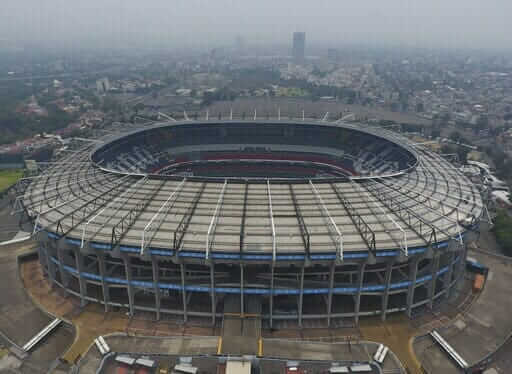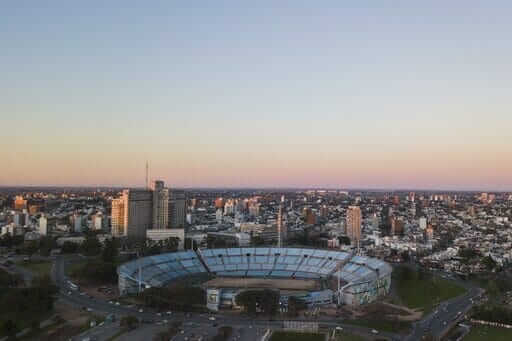The Latin American stadiums that are best known in the world are those in which important events took place that managed to transcend borders.
For fans of this sport, the court is the sacred temple, where they go to experience all kinds of emotions. For 90 minutes, the teams’ fans scream, jump, sing, hold their heads, bite their nails, give directions and forget about everything that happens outside, because at that moment the most important thing is what happens on the field. The passion of the fans is what makes the stadiums vibrate in order to generate fear in the opponent and to take advantage, but not all stadiums fulfil this function, or maybe they do, but not always.
The Latin American stadiums featured in this article are undoubtedly the most emblematic for any soccer fan.
Which Latin American Stadiums Are the Best Known in the World?
1.- La Bombonera

Its official name is Estadio Alberto J. Armando, but everyone knows it as La Bombonera, due to its shape similar to a box of chocolates.
It is one of the most mythical stadiums in the history of soccer, as Club Atlético Boca Juniors has achieved several feats here.
Many have coined the phrase “La Bombonera no tiembla… late” (Spanish for La Bombonera doesn’t tremble…it beats), and they assure that it is enough to take a step in it to feel the energy. It is a stadium that is rarely silent, as the team’s bar, the famous “12”, always makes itself felt, regardless of the result.
It has also hosted the Argentine National Team and of the 27 matches it has played here, it has only lost two.
It has a capacity for 54 thousand spectators.
2.- Estadio Azteca

The Azteca Stadium is among the 10 largest stadiums in the world with a capacity of 87,000 spectators at present, although in the past it was attended by more than 120,000 spectators.
It is known worldwide for being the stadium with the most World Cup matches, with a total of 19, thanks to the editions organized by Mexico in 1970 and 1986. It has hosted World Cups, Olympic Games, Confederations Cup, and other local and international competitions.
For Brazilians, it is known as the place where Pelé was crowned world champion in 1970, while for Argentines it is the place where Diego Armando Maradona achieved glory in 1986. One of the largest stadiums in Latin America, it is home to Club America, the Mexican National Team and Cruz Azul.
3.- Maracaná

The mythical Maracana Stadium is the largest in Brazil and has a capacity of 87,101 spectators. Construction began in 1949 in order to be ready to host the 1950 World Cup. The first official match in this building was in that World Cup, between Brazil and Mexico, where the “canarinha” national team won 4-0. It was the main venue of the tournament with eight matches played.
It rose to world fame precisely because of the final of that World Cup between Brazil and Uruguay, because despite the locale, the “Verdeamarela” could not beat their rival and ended up losing 2-1 in the match that became known as the “Maracanazo”.
In addition to being home to the Brazilian national team, Flamengo and Fluminense also play their home games here. It must be one of the stadiums in Latin America with more stories for the feats it has witnessed throughout its almost 70 years of history.
4.- Centenario

It is one of the best-known stadiums in Latin America, thanks to its 91 years of history and the fact that it has the largest capacity in all of Uruguay, with space for 60,235 attendees.
It hosted the first World Cup in 1930, in which Uruguay became the first champion in the history of the World Cup by defeating Argentina in the final by a score of 4-2. It also has a unique distinction since 1983, when FIFA declared it a Historic Monument of World Football.
It is home to the Uruguayan national team and although none of the first-division teams plays their home games here, some have used it as a home ground in continental competitions, considering its capacity and the weight it has for rivals. It is one of the most impressive stadiums in Latin America.





